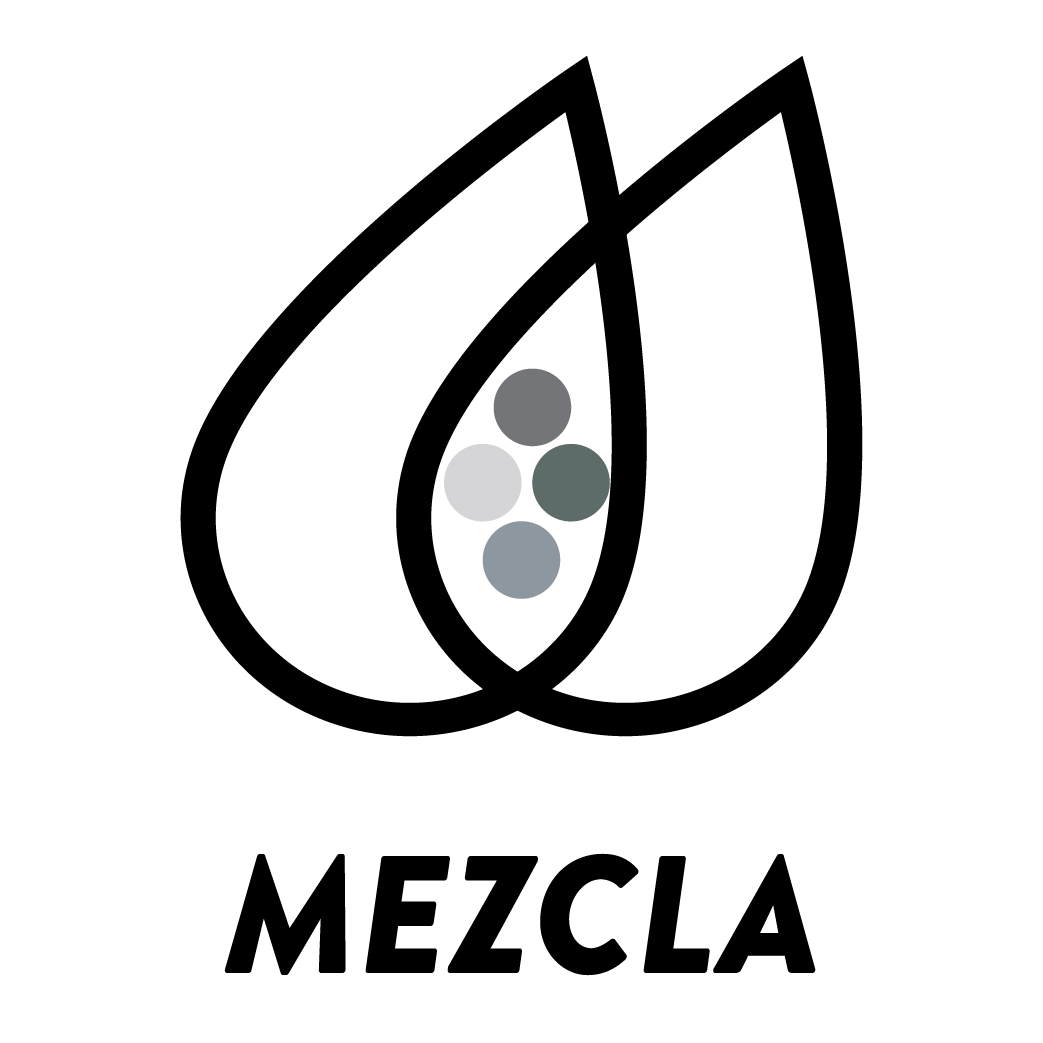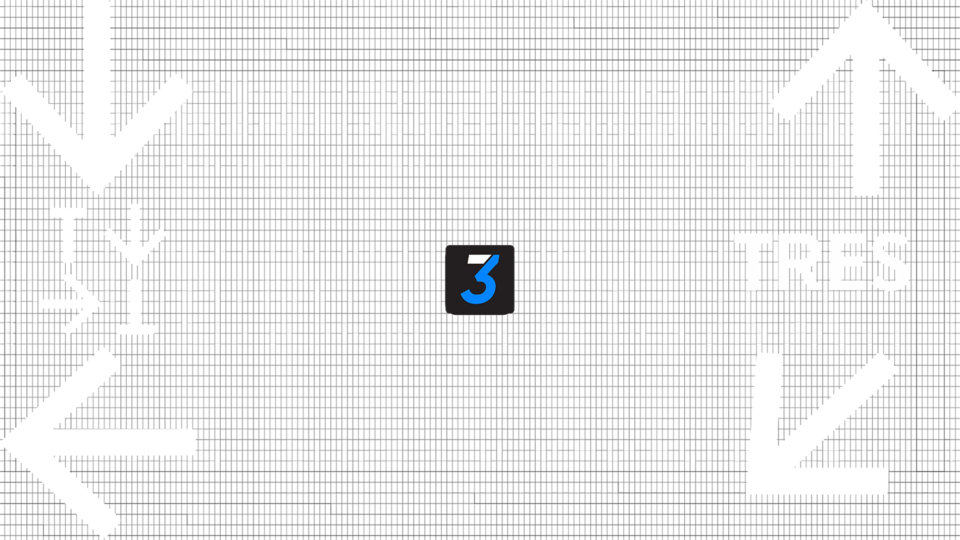TRES
A transportation system for highly dense urban ecosystems. Inclusive, affordable, safe, sustainable, and optimizable.
1/3
of the air pollution is generated by cars
CO2 emissions reached an all-time high in 2018. A typical passenger vehicle emits about 4.6 metric tons of carbon dioxide per year.
90%
of the world’s children breathe toxic air
WHO estimates that in 2016, 600,000 children died from acute lower respiratory infections caused by polluted air.
275
hours lost a year
This is equal to a one month of work LOST. Bogota, Mexico City, Sao Pablo, Rio de Janeiro are among cities with worst traffic in the world.
The problem
Most cities around the world have become dense ecosystems with complex mobility needs and high demand of transportation. Most of these transportations systems are not sustainable and continue contributing to global warming.
Bogota, Colombia
7.2
million people
400
Km of bike-paths
3rd
most congested city in the world
RESEARCH
Inicial questions:
What are the services & layers in the transportation ecosystem?
Who is our target audience & what are they struggling with?
What do the users need & how can we help them?
Infrastructure & technology – What can we leverage?
We put a significant effort on understanding Bogota’s mobility. We looked at mobility patterns, areas with higher density, areas with higher job concentration for more service demand, people commuting time, BRT routes, buses, other systems’ routes, and informal sub systems. In addition, we wanted to know about motivations and incentives that drive people to choose one option over other. (See Table 1).
Table 1. Share of Transportation Usage in Bogota, Colombia
| BRT | 14% |
| Feeder | 1% |
| SiTP | 24% |
| Taxi | 5% |
| BiciTaxi | 0.2% |
| Share ride | 0.2% |
| Private Vehicle | 11% |
| Motorcycle | 6% |
| Cable Car | 0.1% |
| Bicycle | 4% |
| Walk | 31% |
Source: TransMilenio.gov
Demographics and Transportation Infrastructure of Bogota
Bogota is one of the biggest cities in LAC with 7.2 million people. Every day, there are approximately 15 million trips. To support this, there is a big and complex operation that includes a wide range of transit services, including informal transportation. Everyday, people travel from dense areas in the outskirts of the city to the city center where most jobs and commercial activities are located. Around 40% of commutes are done with public transit in a combination of services (see Table 1). Studies also show a great correlation between income level and public transit. This reveals that lower income groups are the major users of public transit in Bogota.(Combs 12)
Table 2. Current Public Transit Options
| TransMilenio | Bus rapid system (BRT) that connects metropolitan neighborhoods in a trunk network in Bogotá. BRT runs in a dedicated lane separated from other source of transportation. Passengers pay the entry fee before boarding TransMilenio bus. |
| Feeders | Buses that link peripheral neighborhood with TransMilenio stations. The coverage is very limited and are available in only some TransMilenio stations. |
| SITP | Launched in 2015, the integrated public transport system – SITP – is an operator of public transit in Bogotá. SITP buses are owned by several private companies operated under the government. It covers an extensive area of the city and it has the highest throughput. |
Source: Own elaboration from mobility studies
Table 3. Metadata Required to Study Congestion of Each TransMilenio Station
| Top 5 congested TransMilenio portals |
|
Source: Own elaboration from mobility studies
Table 4. Fare of the Public Transit in Bogota (per ride)
| TransMilenio | Feeders | SiTP | Older Bus | Bici-cab | Share Bike |
| Regional | Local | Local | Local | Last mile | Last mile |
| $0.80 | Free | $0.75 | $0.55 | $0.44 | $0.81 |
Source: Own elaboration from mobility studies
Discoveries
There was a close relationship between income and transportation distribution. We learned that in low-income areas, there is a higher percentage of people that walk and bike because they don’t have the money to pay for the transportation fare. After this findings we formulated the following questions:
- On average how many transportation services a user takes?
- Who are the providers and the characteristics?
- How do we safe time, money, or improve the experience
- How do we set it up in ways that help users save time on their daily commute?
Interview Notes – Drivers
“I can spend up to 15 to 20 minutes waiting in line with other drivers to get passengers assigned to my bici-cab. I wish I could spend more time working than just waiting for passengers.”
“I don’t like having to bike with cash on my pockets to give change back to the passengers. It is messy and also risky, you could easily be robbed.”
“I work too many hrs a day, sometimes my shifts are 14 hrs a day, from 4:00 am to 6 pm. I take short breaks but still, it feels too long, and I don’t feel safe driving people around when I am tired.”
Interview Notes – Customers
“Bici-cab drivers are not very professional, sometimes when I take a ride they are listening to loud music or talking with someone over the phone. It is not only disturbing but also dangerous.”
“I wish I could pay for a cab and not having to take a bici-cab to the metro station. The seats tend to be dirty and when I arrive to work my clothes are already dirty.”
“I work at a hospital in the night shifts and I can spend up to 30 min. waiting for a bici-cab because they have less frequency on low traffic hours. ”
Juan 44 years old
He is a doorman at a residential building in the north of Bogota. Getting to work on public transportation takes him 3hrs every day. He rides along the south-north corridor which is extremely packed during rush hours. He walks for 15 minutes, then takes the BRT for 55 mins and walks for another 20 mins to get to work.
Maria 52 years old
She is a supermarket cashier that works part time during evening shifts 5 days a week. She commutes during off-peak hours which means less traffic but less transportation frequency. She lives next to a BRT station but needs to take informal transportation to get to the supermarket, which is located in an unsafe neighborhood of the city.
Gloria 38 years old
She is a single mom with 2 kids and a cleaner at a market. Her shifts are 7 days a week and with long hours at a market in downtown Bogotá. She leaves to work very early in the morning to avoid traffic. Her commute during weekdays is very chaotic. It involves long walks, and different transportation providers, including informal and a very packed BRT. Weekends tend to be a better, taking her 90 minutes to commute to work.
Pain Points
Affordable
Users need an affordable and reliable transportation service
Safe
Users would like to have a service where they feel safe
Professional
Users want to have drivers that are trained to do their job and treat customers professionally
Inclusive
Users want to have a service for everyone
Sustainable
Users want to use a transportation system that makes no emissions
VALUE PROPOSITION
App
Air quality and traffic sensors
Atmospheric levels of carbon dioxide is the most dangerous and prevalent greenhouse gas and is at the highest levels ever recorded.
Our urban ecosystems have become areas of high levels of pollution. The over population of vehicles with combustion engines both gas and diesel make dangerous contributions of carbon dioxide (CO2), a key greenhouse gas that drives global climate change. The need for accurate information about the air we consume is here. We have designed the first transportation system that uses its vehicles to operate as a swarm and collect air related data. Then we process it and deliver. 24/7 – Real time, accurate information of the air we breathe.
Virtually ZERO carbon footprint
Watch Gloria’s story
My role:
I worked with a cross functional team of experts in transportation, logistics, urban planners, and development agencies’ representatives. I was responsible for the overall system design. I conducted ethnographic research on different user groups, developed and validated concepts with users and stakeholders, and designed the 360 degrees digital experience.



























